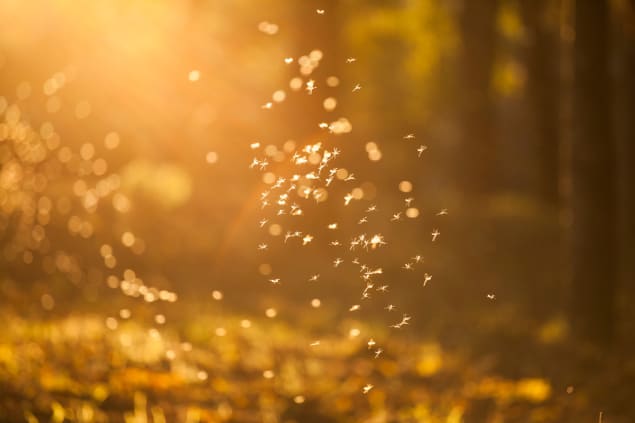
A new model of how an invader competes against a pair of co-operating native species provides insights into ecosystem takeovers and even the proliferation of cancer cells. Developed by a team in the US, the model investigates competition for resources and how ecosystems can switch to different combinations of species.
The model, from Samuel Bray and colleagues at Stanford University, remains analytically solvable despite its relatively complex treatment of environmental resources. It explains the phase transitions that can occur between states with different combinations of species.
Generally, the more accurately a model tries to describe reality, the more elaborate the model itself must be. “The trade-off in most models is between tractability and complexity,” says Bray.
The simplest models of predator and prey populations, for example, can be solved analytically, but require assumptions about static resource conditions that mean they don’t work for ecosystems that are out of equilibrium. Models that reflect reality more closely, on the other hand, quickly become unsolvable when describing complex ecosystems with multiple agents and interactions.
Bray and colleagues compromised by allowing multiple environmental resources to change but assuming that animal populations grow so much that these resources are always limited. This meant that transitions between states were constrained to specific pathways, making the model much more tractable.
The researchers applied their model to scenarios where an invasive species used different strategies. In all situations, the native ecosystem comprised a pair of species, each relying simultaneously on a generally available energy source and a specific metabolite produced only by its counterpart. The invading species was either a competitor for the general energy source, a parasite consuming the native species’ metabolites, or some combination of these.
Continuously varying the invader’s fitness and the native species’ mutualism – the degree to which they benefited from their interactions – resulted in discrete combinations of species, the team found. In some cases, the invasion failed and the system maintained its initial state; in others the invader dominated while the native species vanished. Some parameters describing a parasitic invasion yielded a stable coexistence of all three species.
The model illustrates how hard it can be for an invasive species to thrive even if its fitness is greater than that of any of the native competitors. When native species have a mutualistic relationship, the community needs to be treated as a superorganism that the invader must compete with as a whole.
Mutualistic relationships might seem incompatible with a nature red in tooth and claw, but they arise from the struggle for advantage.
“Mutualism is actually very abundant across and between scales,” says Bray. “On evolutionary timescales organisms often give up the ability to produce specific but costly traits like amino acid or lipids if they can obtain them from other species or their environment. A famous example is nitrogen fixation by symbiotic bacteria in plant root nodules.”
The concepts of mutualism and competition can be applied even more widely. “Invader” can describe the emergence of a mutation within a species or even the appearance of cancer cells within a single organism.
So as well as helping researchers understand and manage transitions in ecosystems on a regional scale, the work could also lead to cancer treatments that block tumour growth by promoting mutualistic interactions between healthy cells.
Bray and colleagues reported their findings in Physical Biology.



